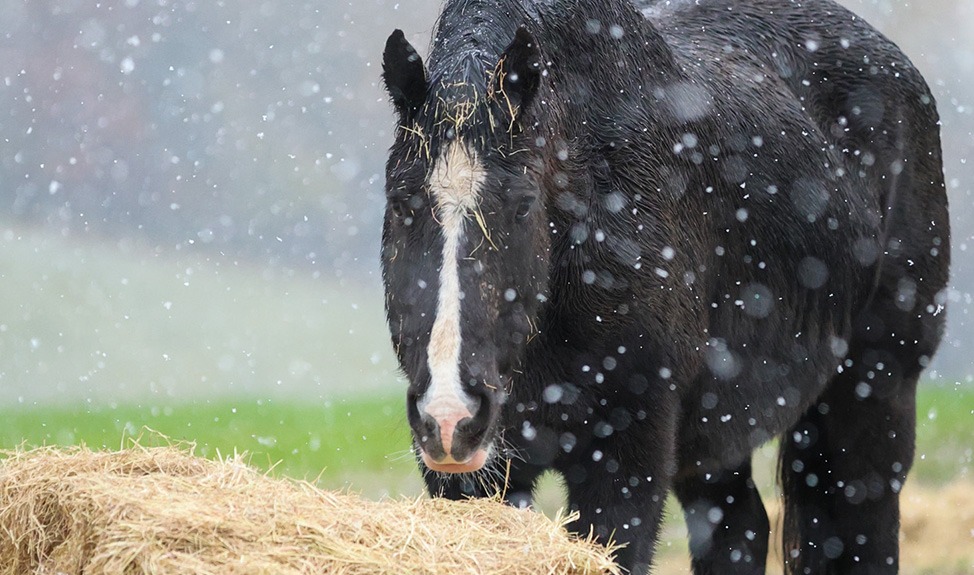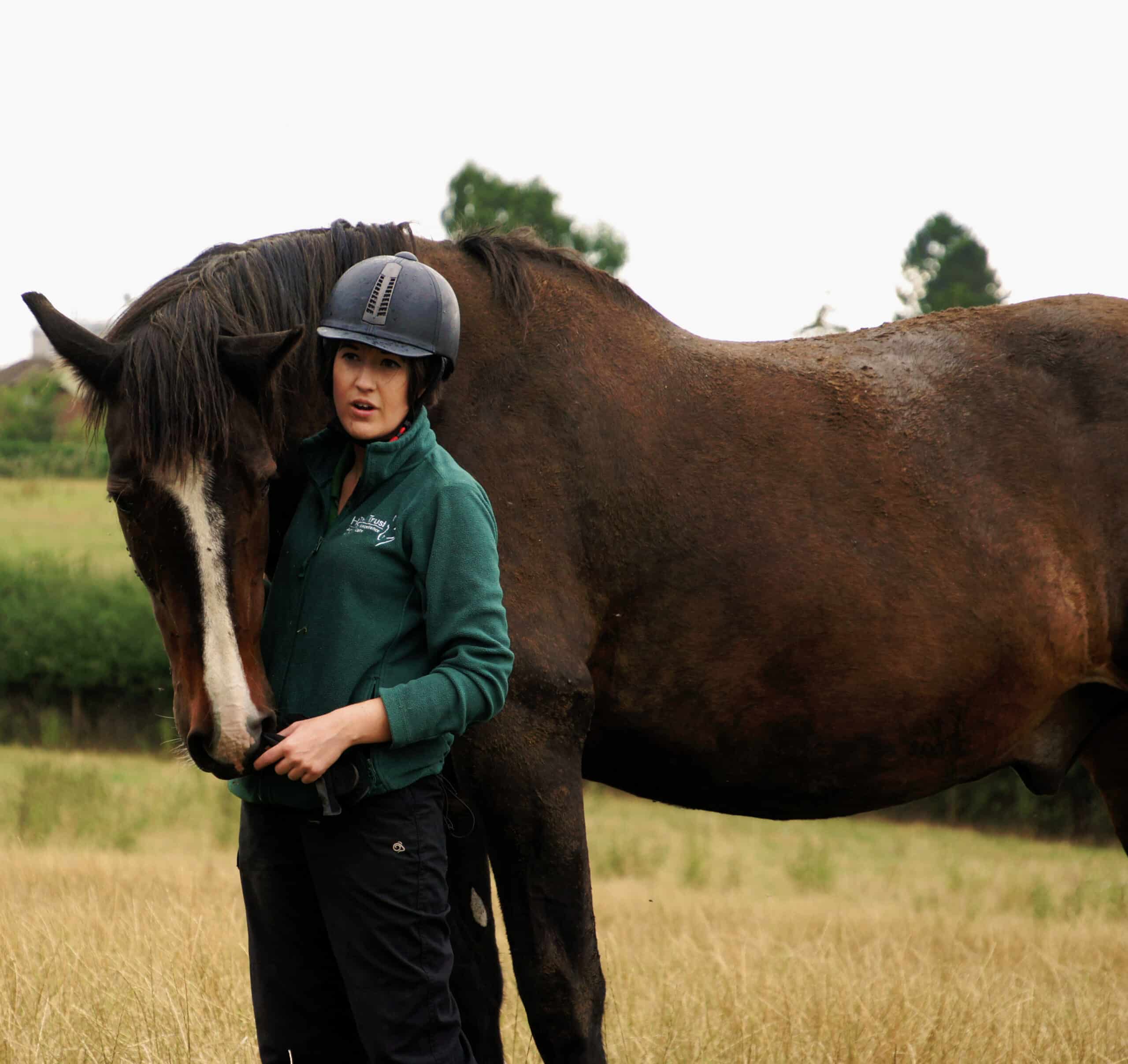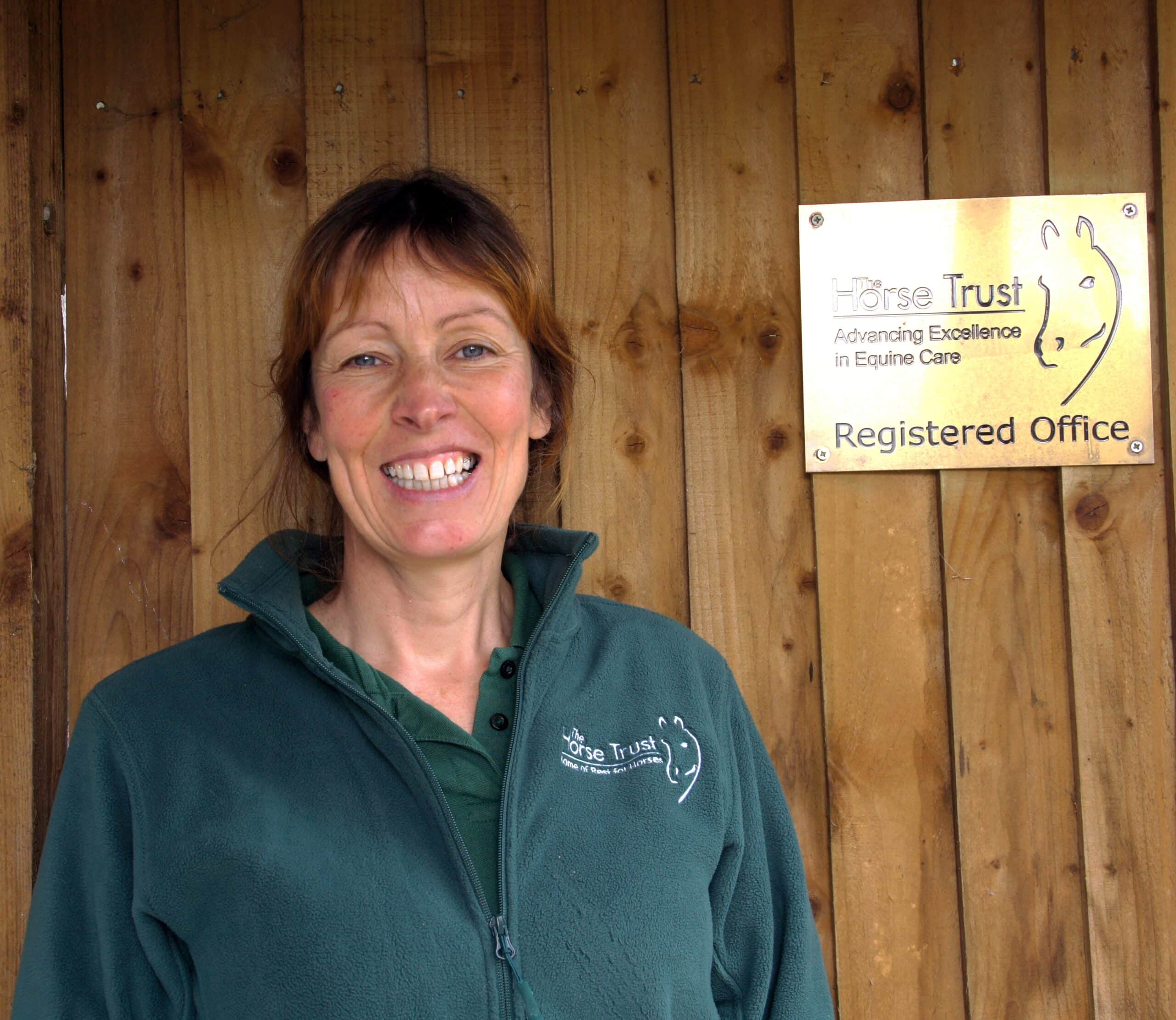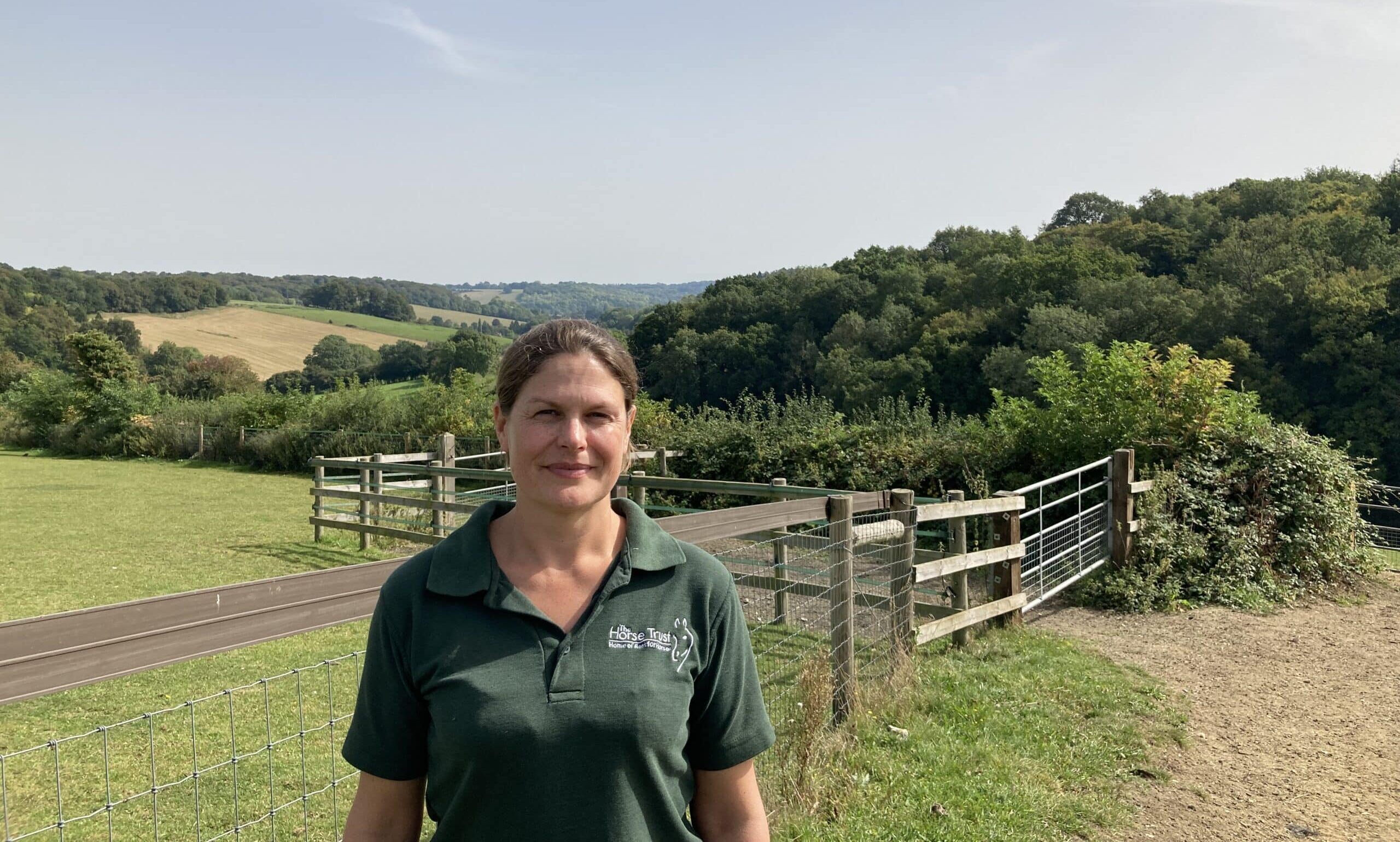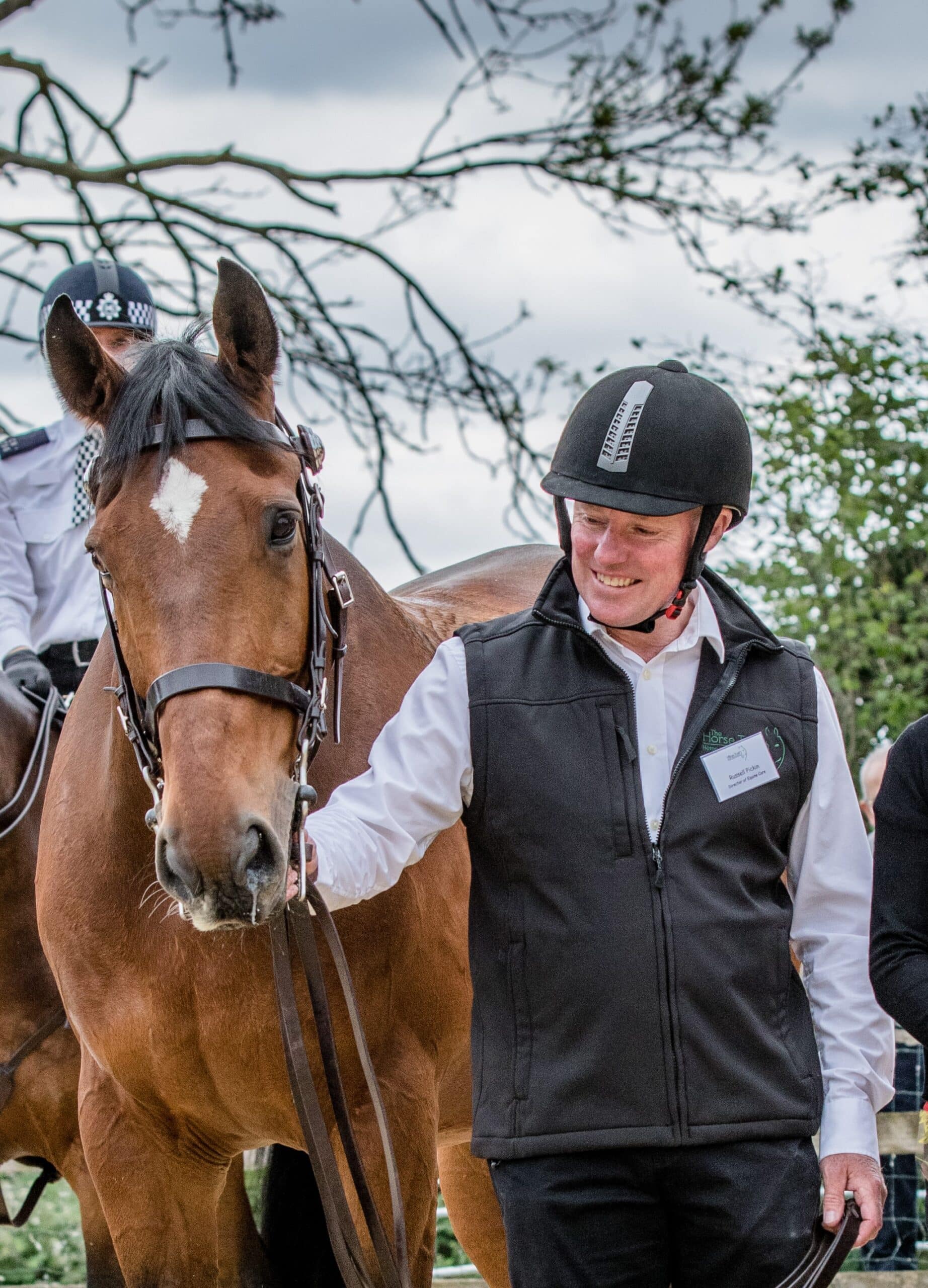Your cart is currently empty!
A research project funded by equine charity The Horse Trust has discovered that proteins in a commonly-injured tendon are renewed less frequently in older horses, which is likely to lead to an increased risk of tendon injury. The research was published in the Journal of Biological Chemistry last month (1).
Tendon injury is one of the most common causes of wastage in the performance horse. For example, a 12 year epidemiological study found that tendon injury was the most common reason for retirement in racing Thoroughbreds in Hong Kong (2).
Tendons, which are composed of collagen and other proteins, connect muscle to bone and are therefore vital for movement. Tendons are continually being renewed to avoid the build-up of degraded proteins and other mechanically induced micro-damage that could lead to injuries.
Some tendons are much more prone to injury than others. The majority of tendon injuries (97–99%) occur to the forelimb tendons (2, 3), with the superficial digital flexor tendon (SDFT), which is located at the back of the horse’s leg, being injured in 75–93% of cases (3, 4).
The Horse Trust-funded research, which is being led by Dr Helen Birch at University College London, has found that SDF tendons renew themselves less frequently in older horses – the tissue half-life is more than double in a 15-year-old horse than in a 5-year-old horse.
As the SDFT renewal rate drops in older horses, this is likely to reduce the integrity of their tendons and could lead to an increased rate of SDFT injury, relative to younger horses.
“Most horse owners are well aware of the risk of tendon injury, yet little is known about tendon health management. Our research shows that tendon renewal rate reduces as the horse ages. We are now working towards understanding why this is as it may help us reduce the chances of tendon injury,” said Dr Birch.
In an earlier stage of The Horse Trust-funded research, Birch’s team found that the SDFT is renewed much less frequently than the common digital extensor tendon (CDET), which is located at the front of the horse’s leg (5). This finding was unexpected as they had hypothesised that high-strain tendons, such as SDFT, would need to be renewed more frequently than low-strain tendons, such as CDET.
When the researchers measured protein age in the different tendons they found that SDFT collagen had a half-life of 198 years, compared to 34 years for CDET collagen. This means that every year, only 0.25% of the collagen gets replaced in the injury-prone SDFT tissue.
Birch hypothesises that too much renewal would compromise the strength and stiffness of the SDFT, so the horse’s body tries to preserve their structural integrity at the expense of increased injury risk later in life.
Related Posts
MAKE A WORLD OF DIFFERENCE

We receive no government funding, so your support is vital in providing specialist care for our residents and advancing research and training to benefit horses everywhere.
Donate today to help us continue this essential work.

 Donate
Donate

